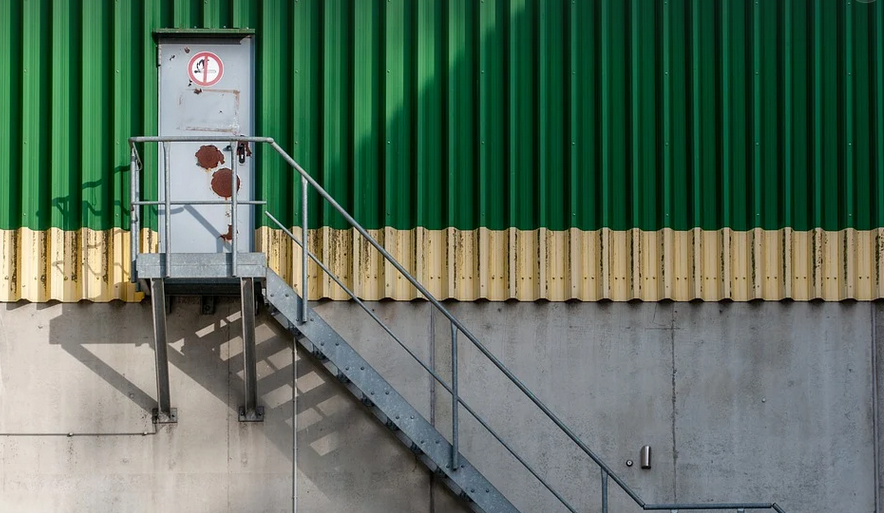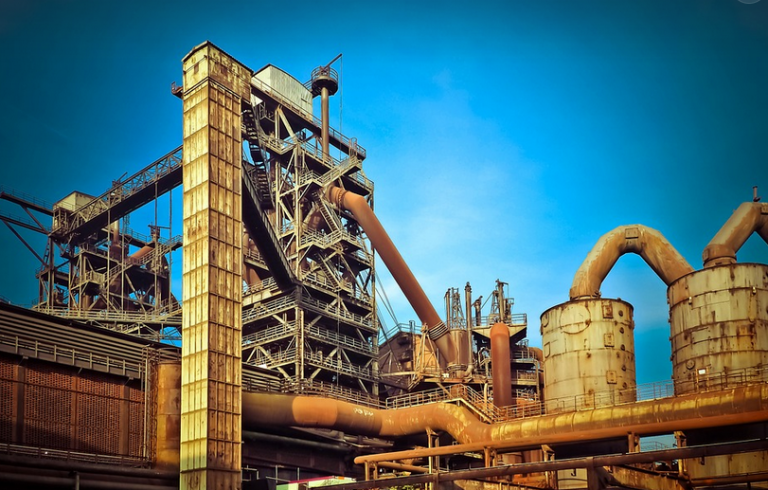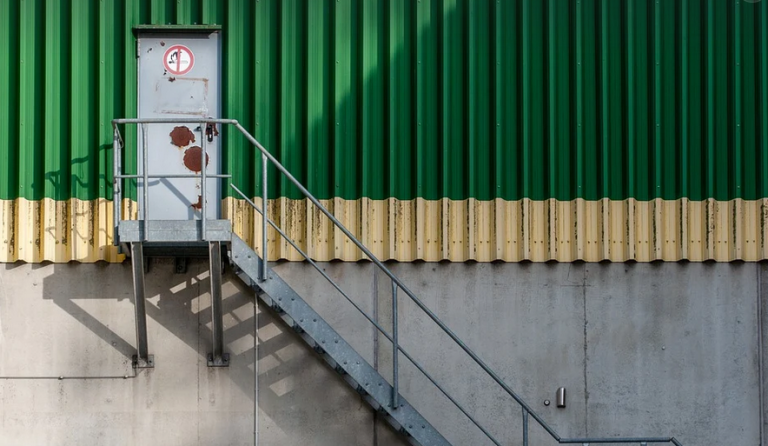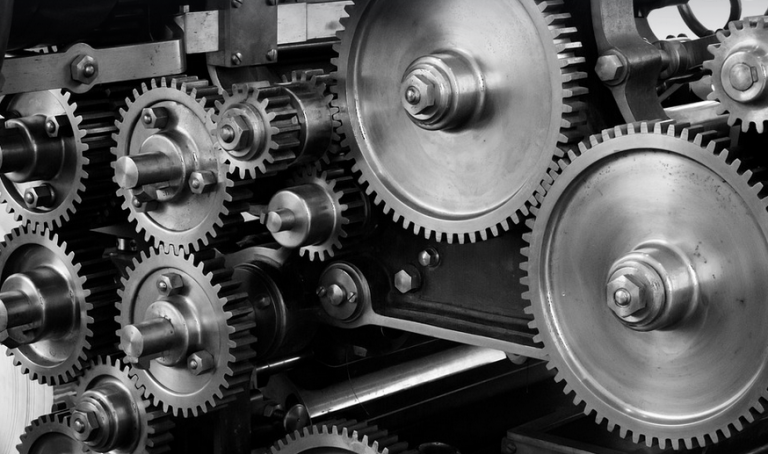
A Quick Introduction to Inverter Technology
You’ve probably heard the term “inverter” when it comes to welding, and you might be wondering what all the fuss is about. In essence, an inverter is a special kind of power source that helps welders get better performance and more control over their work. Let’s dive into the details of this technology and see why inverters are becoming increasingly popular in the world of welding.
The Traditional Welding Power Source
Before we talk about inverters, let’s understand how traditional welding power sources operate. These machines, like some older welder models, rely on a “linear design.” Think of it like a big electric motor that sends continuous energy to the welding torch for the duration of each weld. This continuous flow can be great for heavy-duty projects, but it also comes with limitations. The biggest challenge is **energy waste**. Because these machines are constantly sending power out, some of it goes unused, often as heat. It’s like leaving the lights on in a room even though you don’t need them – wasted energy! This can affect your welding performance and might even lead to increased wear and tear on your equipment.
Enter the Inverter: The Power of Efficiency
Now, let’s introduce welding inverters. They are like super-efficient power sources that provide a more controlled way to deliver power to your welding torch. Instead of constant, steady energy flow like traditional welders, inverters use **Pulse Control Technology**, which is like using a flashlight instead of a spotlight. The inverter delivers bursts of high voltage and current, just when you need them for the weld. This technology allows for precise control over heat input, making it incredibly efficient. Instead of wasting energy on continuous flow, the inverter only outputs power when needed, leading to less wasted energy and more focused welding.
Benefits of Inverter Technology
Imagine you’re working with thin metal sheets and need a smooth arc. A traditional welder might struggle, sending out too much current that can overheat the metal. Inverter technology shines here! Instead of the inconsistent, high-current arcs from a traditional machine, inverters allow for tighter control over the weld, ensuring clean, precise welds, even on delicate materials like aluminum or stainless steel. * **Enhanced Control:** Inverters provide the welder with greater control over the welding parameters. You can adjust the voltage and amperage to achieve the desired output, leading to more precise welds with better quality. * **Reduced Heat Input:** By using pulse control technology, inverters allow for less heat input into the weld pool, reducing the risk of warping or overheating the metal. * **Increased Efficiency:** Inverters are highly efficient due to their ability to deliver power only when needed, leading to a reduction in energy consumption and increased run time. * **Quieter Operation:** Inverters often operate with significantly less noise compared to traditional welders. This is because they don’t use the same large motor design that traditionally powered them, making for a more peaceful welding environment.
Choosing the Right Inverter
While the benefits of inverters are undeniable, there are some factors to consider before you make your purchase: * **Welding Applications:** The size and type of project you’re working on will influence the inverter’s power output and range. A small-scale home welding project might warrant a less powerful inverter than a professional welder working on large-scale industrial projects. * **Output Voltage and Current:** Inverter technology comes in different versions with varying voltage and current outputs. These parameters affect how much power your machine can deliver, influencing the quality of the weld you achieve. * **Other Features:** You might want to consider additional features like a built-in digital display that shows real-time welding parameters or automatic arc-starting capabilities to make the process smoother.
The Future of Welding
Inverter technology is rapidly changing the landscape of welding. These machines are making welding more efficient, precise, and convenient for both amateurs and professionals alike. And as research and innovation continue, we can expect even more exciting developments in inverter technology, paving the way for even higher-quality and more sustainable welding practices.
**The world of welding is constantly evolving!**



